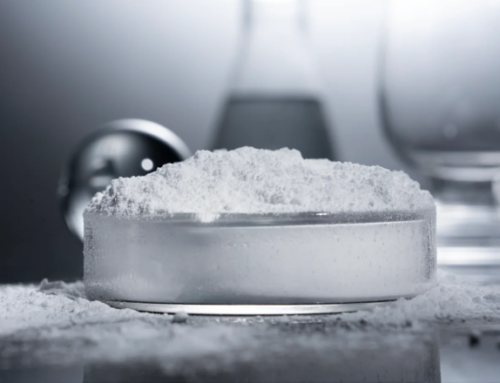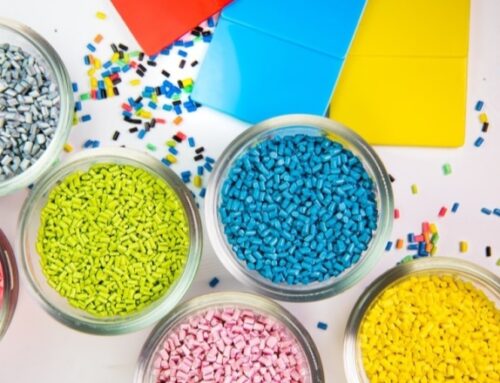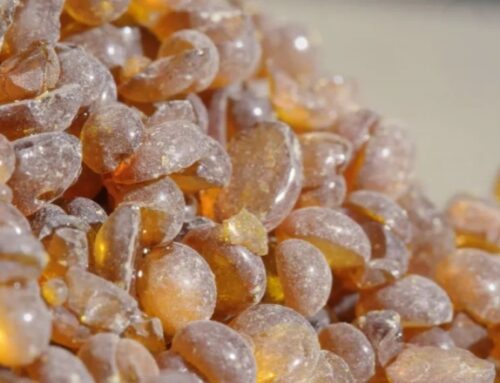Resistant agent is one of the additives often used in plastic rescue materials, which can be used to stop the aging of materials and significantly extend the service life, but due to the different chemical structure of different plastics, different processing and molding process temperatures, and different safety requirements for finished or finished products, various restrictions affect the selection of the product. Then, when selecting the product, the following application characteristics should be involved.
1.Color stain
At present, the anti-each agent widely used in the plastic industry is mainly wave class and classified phenolic antioxidant two categories, among which, amine antioxidants are mainly used for black shuttle rubber products, and Ming phenol antioxidants are more used in light-colored plastic products because of the small color stain caused by them. In fact, Yang phenol antioxidants can also cause color stains, such as yellowing or redness, usually caused by the oxidation products of Yang phenol antioxidants. Through the correct selection of phenolic antioxidants and other auxiliary antioxidants, color can be avoided or reduced.
2.Heat stability
Different plastic processing molding temperature and environmental use temperature is different, at this time, excellent heat stability has become an important indicator of plastic resistance agent, resistance agent heat stability is good, can prevent due to its thermal decomposition caused by plastic color change or the reduction of antioxidant efficiency, especially for those who need higher molding temperature of plastic, antioxidant high temperature resistance demand more and more.
3.Migration resistance and compatibility
The migration resistance of the antioxidant is closely related to its compatibility with the plastic, and the compatibility depends to a large extent on the binding force between the antioxidant and the plastic, such as the polarity similarity, solubility parameter similarity and so on. If the compatibility between the antioxidant and the super is very different, the antioxidant is easy to migrate out of the plastic, and the so-called “spray” phenomenon occurs. Since the role of antioxidants is to protect the superglue as a whole, too fast migration in addition to spray show, will also lead to a decline in the anti-aging properties of plastics in the later period, especially for those plastics that need long-term thermal oxygen aging resistance. In addition, the plastic with high junction maximum is more prone to the migration of additives such as resizer.
4.Resistance with other ingredients
When the antioxidant is added to the plastic, we do not want to happen is that it and other components in the plastic “counter”, that is, antagonistic effect, more hope to get is strong + strong = stronger, that is, synergistic effect. For example, for peroxide crosslinked polyethylene cable, there is an antagonizing effect between peroxide crosslinking agent and antioxidant, inappropriate antioxidant variety and dosage will affect the quality of cable material, and for example, when rubber is crosslinked, inappropriate antioxidant may significantly delay the crosslinking or curing of rubber, and even affect its crosslinking density.
5.Dispersion
Only when the anti-hydrogen agent is evenly dispersed in the plastic, can the overall anti-aging properties of the plastic be guaranteed, especially for yellow products. The lack of antioxidants in some areas of Hong Kong products will become the weak point of the entire product, and will be destroyed first, resulting in early failure of the entire product, in order to ensure quality, the industry basically adds antioxidants in the form of masterbatch to ensure that the antioxidants are dispersed as evenly as possible in the thin product.
6.Safety and hygiene
Some antioxidants can cause harm to human health, such as double A. For the allowable amount of antioxidants, different countries have stipulated different limits, especially in food packaging, anti-each dose can not be added as much as possible, the need to add as little as possible, as long as it meets its processing requirements. At the same time, the quality of antioxidants from different manufacturers is not the same, such as insufficient purity, excessive heavy metals and so on.
7.Cost performance
Cost is the first factor considered by most enterprises, especially for the plastic modification industry with meager profits, which also leads to some excellent resistance agent varieties due to high prices and can not show their strength. However, it needs to be reminded that antioxidant users should not only focus on the price of this point, through the combination of different advantages of antioxidants, those expensive antioxidant varieties are still very useful, we want to look at the comprehensive cost. In the future, the quality requirements for products will only be higher and higher, and good antioxidant varieties will also win the hearts of users.
Article from M&J International Trading Co., Ltd





